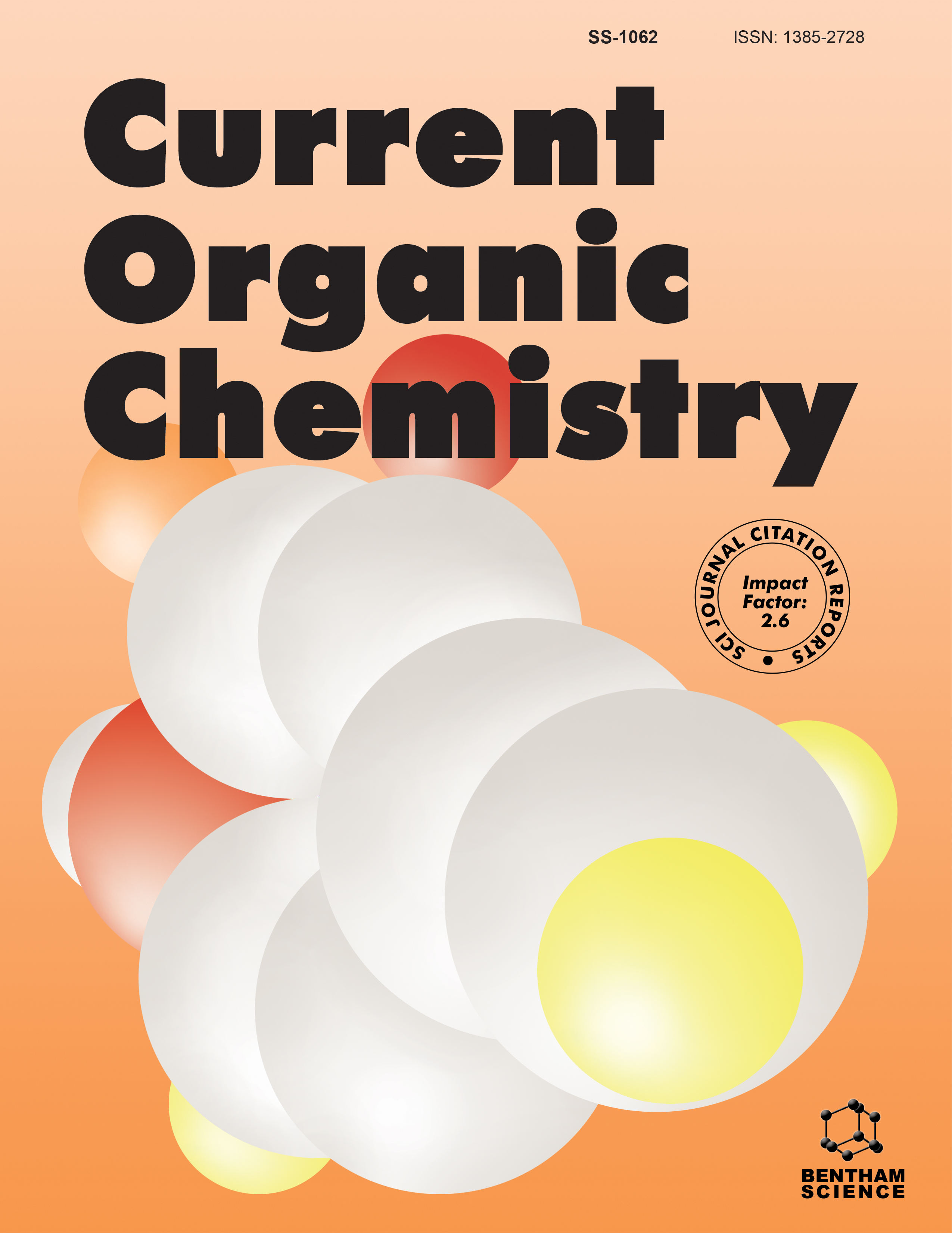-
oa Editorial [Mo-centered Catalytic Systems in Organic Transformations (Guest Editor: Pedro D. Vaz)]
- Source: Current Organic Chemistry, Volume 16, Issue 1, Jan 2012, p. 2 - 2
-
- 01 Jan 2012
Abstract
Nature's capability of conducting chemical transformations has motivated scientists globally to mimic such processes. One of the fundamental core areas behind this is metal centered catalysis, since many of the known enzymes are in fact metalloenzymes. In this context, the significant enzymatic role of molybdenum in biochemical reactions, such as nitrogen fixation, induced the use of molybdenum complexes as biomimetic catalysts in organic transformations. Within this field, several experts have developed many works dealing with the exploitation of the capabilities of Mo-based catalytic systems, both homo- and heterogeneous, and ranging from oxidation to metathesis to C-X bond formation catalysis, taking advantage of the variety of oxidation states available for this metal. Furthermore, Mo-based catalytic systems have high importance in both academia (the early works of Sharpless and Mimoun) and in industry (the Halcon and ARCO processes) and have been (and still are) the aim of many works every year. In this special issue, our goal was to provide an overview, as broad as possible, about recent developments on the use of molybdenum catalysts. The paper by Szymanska-Buzar deals mostly with reactions of Mo carbonyl complexes under photo-irradiation conditions to promote the addition of Group IV compounds to olefins. This is an important reaction for the synthesis of intermediates in organic syntheses. The second paper, by Kuhn, focus on recent developments of the use of cyclopentadienyl complexes in chiral and achiral epoxidation reactions depending on the choice of auxiliary ligands. On the other hand, the paper by Fernandes reviews the important and unexpected performance of high valent dioxo-molybdenum complexes in reduction and in C-X bond formation reactions, made possible by a special association of reagents. The paper by Calhorda aims at a mechanistic overview of oxo-molybdenum complexes catalyzed oxidation reactions of olefins and sulfur substrates, based on computational results. In a leap, the role of molybdenum catalysts in heterogeneous catalysis is also reviewed. First, the paper by Maurya describes the application of functional polymers to the immobilization of molybdenum catalysts in order to perform oxidation and polymerization reactions. Last but not least, the paper by Nunes targets the use of molybdenum catalysts immobilized in mesoporous materials in two major catalytic applications - oxidation and metathesis reactions. While not covering every aspect of molybdenum chemistry, these reviews provide a wide-ranging illustration of several areas which will make this issue attractive, namely in what concerns organic transformations. Finally, as a guest editor for this special issue, I am very grateful for the valuable and excellent contributions from my colleagues, and I am also highly indebted to other colleagues, acting as referees, for their expert comments. A final word of acknowledgment is also due to Ms. Donia Akhter (Assistant Manager of the Publication Department, Current Organic Chemistry) for her assistance in the organization of this issue. Thank you all!


